As we remarked in a related article, Mexico is one of the world’s most ecologically-diverse territories and, through this, home to many species of colorful flora, as well as fauna, insects, and arachnids.
If you’re visiting Mexico, you’re likely to experience the abundant variety of nature here: especially during the rain season when everything comes alive and the trees and flowers are in full bloom.
The likelihood of encountering a creature that is potentially harmful to humans is very low when you’re visiting Mexico, but if you’re here for longer periods, or have made Mexico your home, it’s inevitable that sooner or later, you’ll encounter an insect or arachnid that could be a potential health hazard.
An enormous variety of spiders make their home here, most of which pose a low risk to humans—with three exceptions.
The Black Widow
Widow spiders (Latrodectus) are present on most continents, and the Black Widow is prevalent across North America: in Mexico as well as the United States and parts of Canada. The venom from male Widow spiders is rarely harmful to humans, but the females’ toxin can be harmful in some cases, mostly to the very young, the very old and those who suffer an alergic reaction to the toxin. A bite from a Black Widow can cause severe muscle pain, abdominal cramps, heavy sweating, heart palpitations, and muscle spasms. Symptoms can last up to a week, but bites are rarely fatal. Although Widows are not especially aggressive, they will defend their nests and may attack if startled. They make their home and nest in cool, dark, places—so be mindful where you place your hand when cleaning under window ledges or steps, and when you’re picking-up wood or stones in your garden or out in the countryside. Take additional care when unpacking stored items from cool or dark cupboard spaces, as a Widow might have nested there. Most Black Widows are a shiny black color with red and/or white markings on their abdomen, and some are a dark brown. To get acquainted with the different varieties, you can view pictures online
The Brown Recluse
Also known as the ‘fiddle back’ or ‘violin’ spider, this arachnid is traditionally native to the south-eastern United States, but due to its adaptability and capability of going weeks or months without food, the species has migrated south: as stowaways in personal goods of people traveling to or moving to Mexico. As a result, the Brown Recluse has been sighted across the country in recent years with bites reported. It’s worth getting acquainted with this spider, as its potentially-deadly hematologic venom has no antidote; effects of bites vary widely and fatalities associated with the bite are usually among the infirm, very young, or old. Bites may bring about severe ulcers and can leave scarring around the bite area—that might require specialized surgery. Like the Black Widow, the Brown Recluse likes dry, cool and dark spaces to dwell in, and like the Widows they are not aggressive but will defend their nests and may bite if startled.
The Hobo Spider
The least harmful of the three, the Hobo Spider’s toxicity to humans is debated; and some argue that bites from Brown Recluses are sometimes attributed to Hobo spiders (they look similar but have distinct features). Like the Brown Recluse, bites can cause a range of uncomfortable side-effects including severe headaches, and in rare cases an allergic reaction to the bite might be fatal. Scarring may be experienced around the bite area, but healthy humans are very unlikely to feel any severe effects or die from a Hobo spider bite. These spiders like damp, cool dwelling spaces, and tend to nest under moist wood piles and other crevices offering some humidity. The Hobo is considered an aggressive spider, but like the others mentioned here, it will usually leave humans alone unless it feels threatened.
Tips for living among arachnids in Mexico
Taking a few precautions and being mindful of your environment can mitigate the risk of being bitten by a spiders. (And getting stung by a scorpion.)
Sticky spider cobwebs
A tell-tale sign of a spider’s nearby presence is the sticky cobweb silk that a spider extrudes from its spinneretes—this helps to trap its natural prey. If you’re unpacking bags or boxes, or cleaning a nook, and see or feel this sticky silk, be extra mindful with your hands and actions as a spider might have nested nearby.
Dealing with spider bites
Spider bites may be painful and cause a range of side-effects depending on the person’s age, state of health, and allergies; but spider bites, like scorpion stings in Mexico, are rarely fatal: young children, the infirm, and older people tend to be more prone to the potential severe effects, as well as those who are (knowing or otherwise) allergic to the venom. Healthy people with a strong constitution are unlikely to die from spider bites in Mexico.
Identify the spider
If you are bitten, the most important thing to do is try and identify the spider. Some spider bites are painless at first, which can make this difficult; so being mindful of your actions, especially when you’re in the garden, outdoors, unpacking stored items, or working in your home can help to mitigate the risks.
Shake-out stored clothes and shoes
Spiders are nocturnal creatures, and some might find their way into your shoes or clothes left out overnight, or nest in items you leave stored or unused for a length of time. It’s good practice to shake your shoes (especially if you’ve had them stored in the cupboard for a while) before you step into them; and also double-check any clothes which might have been left out or stored before you put them on again.
Bags and baggage
Take care when traveling, especially in rural or remote areas, as spiders and scorpions are known to crawl in to bags and remain there until you get home to unpack. If you have travelled in a remote area, or have left a case or bag stored, take extra care with your hands as you handle it and unpack—it’s easy to get bitten or stung if a spider or scorpion has found its way into your stored bags, packed laundry or personal items.
Watch yourself
Be mindful of where you put your hands generally, and where you step—especially if you’re walking barefoot or using open shoes or sandals.
Rural and remote areas
The more rural your environment is, the more likely you are to come across arachnids in Mexico. Gardens in country houses (and garden ornaments and outdoor furniture), wood piles, rocks piles, crevasses, window ledges, and the underside of outdoor staircases are among spiders’ preferred dwelling spaces.
Protecting your bed space
In rural areas, where wildlife is far more prevalent, you might consider buying a net to cover your beds: they’re an inexpensive and effective means of defense against mosquitoes and creepy crawlies. Spiders and scorpions crawl along ceilings and sometimes they inadvertently fall off—and if this happens over your bed, you may get bitten or stung. A bed netting will protect you from mosquito bites as well prevent potentially-venomous spiders and scorpions from making an unhappy landing on your resting space.
Spider nests near homes
Spiders will sometimes nest in unhelpful places, like underneath window ledges, alongside steps or crevices near your home’s entrances, or in spaces where children play outdoors—tree houses, for instance. If you find a spider nest in these types of spaces, removal is the only sensible option. Spiders are aggressive when defending their egg sacs so if the spider you find is nursing its eggs, take extra care. Some people ask their gardener, if they hire one, to deal with them; others call a specialist company, or deal with it themselves.
Mexico Essentials tips
Connect to our Mexico Essentials section for more practical insights about living, lifestyle and leisure in Mexico
Mexico in your inbox
Our free newsletter about Mexico brings you a monthly round-up of recently published stories and opportunities, as well as gems from our archives.

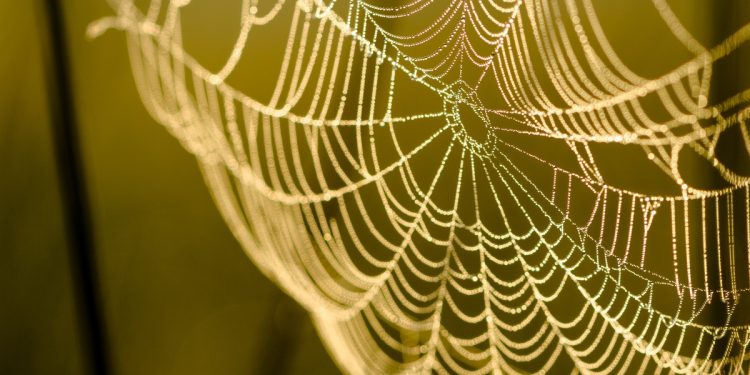
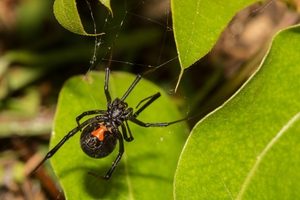
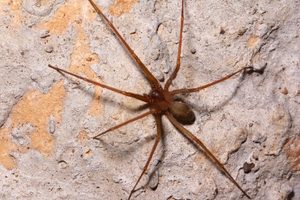
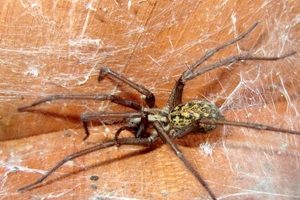

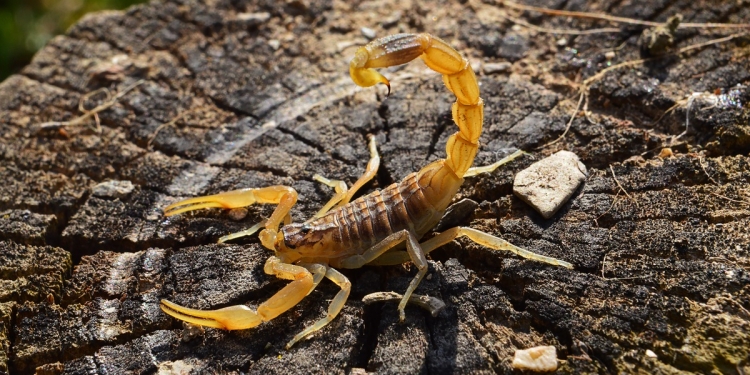





Ledum Palustre 30c will do Homeopathic Remedy for scorpions, Agave, Spiders, bees, wasps or any kind of animal or plant which has a poison tip
Carrying vitamin c or sodium ascorbate may help alkaline the blood after the venom enters the blood. I wonder if a charcoal poultice on the bite could help absorb the venom